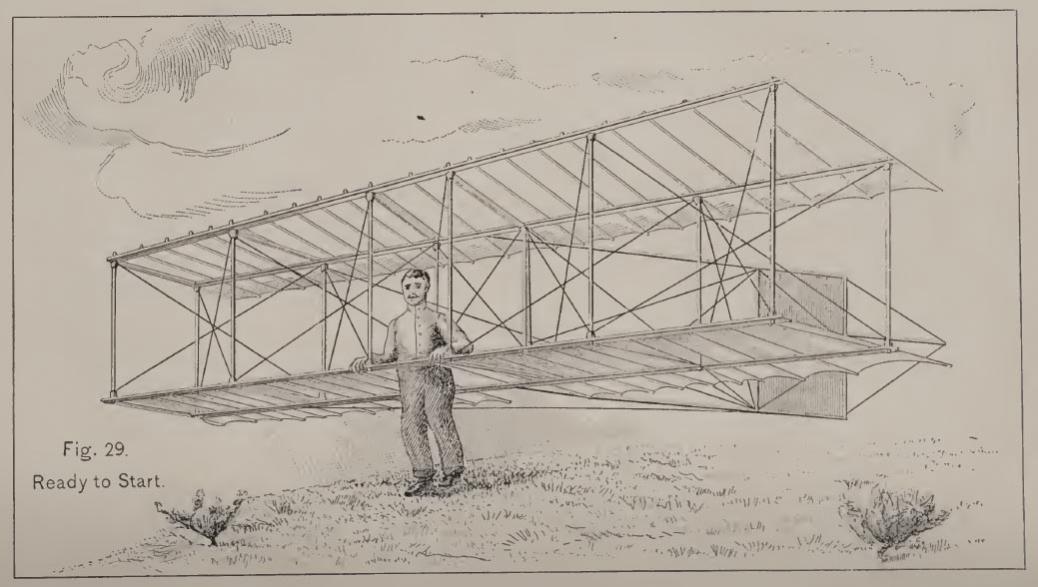-

Well... after just a quick skim through the book, let me make a few thoughts.
1. About 1/3d of all homebuilt accidents begin with the loss of engine power. This glider doesn't have one of those.
2. This glider is foot launched; you're not likely to get REAL high unless you jump off a cliff with it (don't do that). Note the long, gentle hills that the Wrights and Lilienthal used.
3. This glider is NOT going to pull a lot of Gs, either positive or negative. If the glider can support your weight with the wingtips on sawhorses, you're not likely to have any structural issues in flight. It also uses wire bracing, which is VERY stout and reliable.
4. Other than the period just after the first flight, the peak period for homebuilt aircraft mechanical-failure accidents is around 40 to 60 hours (and most of them are going to be engine-related). How long do you think it'd take to put 40 hours on such a glider?
5. The big drawback is the lack of pilot protection. Look to the professional skateboarders' world for ideas for pilot protection...helmet, knee pads, shin guards, etc.
6. The biggest threat is an attempt to expand the design past what it is made for...don't try to carry a passengers, and especially don't add an engine. Though I might be tempted with a little electric sustainer motor....

In short, I think this would be fun, fairly safe project. If I didn't have glass knees, I might be tempted myself....
Ron Wanttaja
Tags for this Thread
 Posting Permissions
Posting Permissions
- You may not post new threads
- You may not post replies
- You may not post attachments
- You may not edit your posts
-
Forum Rules






 Reply With Quote
Reply With Quote
